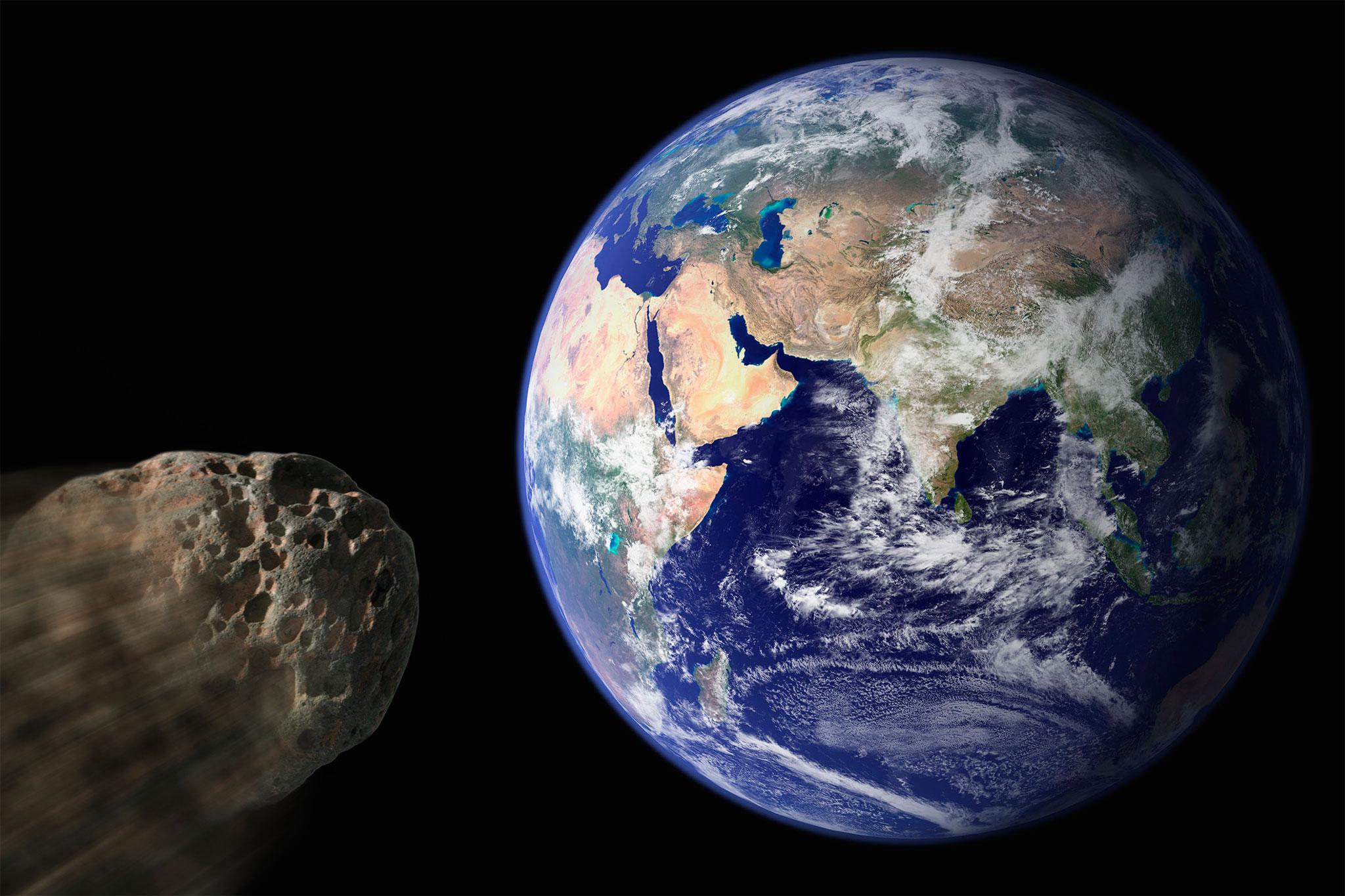Asteroid with platinum core worth £3.5 trillion set to pass Earth
Asteroid 2011 UW-158 will pass 1.5 million miles away from Earth meaning it will be 30 times closer than our nearest planet

Your support helps us to tell the story
From reproductive rights to climate change to Big Tech, The Independent is on the ground when the story is developing. Whether it's investigating the financials of Elon Musk's pro-Trump PAC or producing our latest documentary, 'The A Word', which shines a light on the American women fighting for reproductive rights, we know how important it is to parse out the facts from the messaging.
At such a critical moment in US history, we need reporters on the ground. Your donation allows us to keep sending journalists to speak to both sides of the story.
The Independent is trusted by Americans across the entire political spectrum. And unlike many other quality news outlets, we choose not to lock Americans out of our reporting and analysis with paywalls. We believe quality journalism should be available to everyone, paid for by those who can afford it.
Your support makes all the difference.An asteroid believed to contain a platinum core worth £3.5 trillion is expected to pass Earth at around 10pm on Sunday, attracting the interest of asteroid-mining companies.
The platinum-filled space rock which is also thought to contain other precious materials is only around half a mile wide, but its metallic core is estimated to weigh 100 million tonnes making it hugely valuable.
Asteroid 2011 UW-158 will pass 1.5 million miles away from Earth, meaning it will be 30 times closer than our nearest planet, according to Slooh Community Observatory.
However, it will be six times further away than the moon’s orbit meaning it will be impossible to see with the naked eye.
For those who don’t own a telescope, the Slooh Observatory will be live-broadcasting the asteroid’s path online from their base in the Canary Islands.
On Tuesday, scientists at the Arecibo Observatory in Puerto Rico provided the first detailed images of the asteroid.
First detailed images of Asteroid 2011 UW158 by our planetary radar team-------------------Primeras imágenes del Asteroide 2011 UW158, por nuestro equipo de radar planetario.
Posted by National Astronomy and Ionosphere Center (Arecibo Observatory) on Friday, 17 July 2015
They said that while most asteroids seem to be numerous smaller rocks held loosely together by gravity, UW-158 had “an odd shape much like an unshelled walnut”.
They also observed that it “rotates very rapidly, once every 37 minutes”.
Dr Patrick Taylor, a scientist in the Planetary Radar department and lead of the observations said: “Its size, shape, and rotation suggest there is something more than gravity holding this object together or else the asteroid would break up due to its fast spin”
“We expect that something this big should have been shattered into smaller pieces by collisions with other asteroids over the age of the Solar System. It is interesting that something this large and apparently solid is still around.”
He added that this asteroid will not make a similar fly-by until 2108 and is not considered a threat to the Earth.
The close proximity of UW-158’s flight path to Earth has made the rock a target for future robotic mining missions.
According to the Daily Mail, Planetary Resources, an asteroid mining venture with financial backing from Google chiefs Eric Schmidt and Larry Page, have labelled asteroids like UW-158 ideal for mining and have already targeted similar rocks across the solar system.
Join our commenting forum
Join thought-provoking conversations, follow other Independent readers and see their replies
Comments